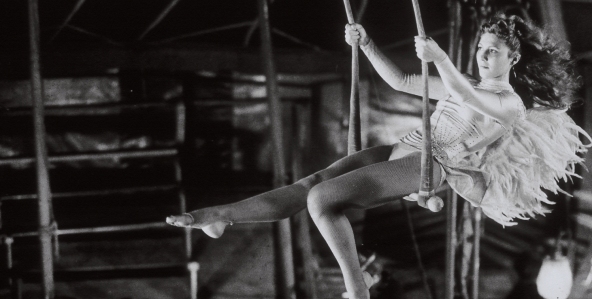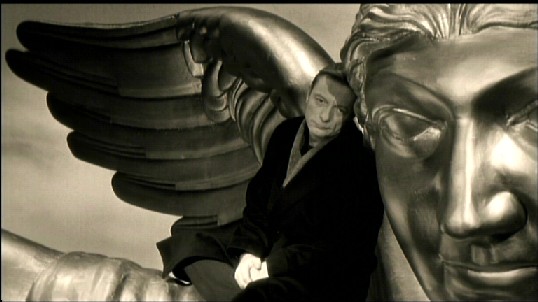It’s amazing how far computers have come. It has now been 30 years since the original “Tron” came out in 1982, and the film looks so different from the computer generated animation we have today that you have to wonder how anyone could call this movie a precursor or inspiration for the entire style of filmmaking.
Rather, what I see in “Tron” is a cult film that set the spark for what the movies could be. It recognized that computers could do what hand drawn animators had been doing for years, but it could use live action actors and do things differently, if not better, than a pencil and paper ever could. What makes “Tron” durable today is that although no film looked like it in 1982, still no film looks anything like it in 2012. Its rudimentary technology is all its own, and as other films took filmmaking in different directions than the ones it established and passed it by altogether, “Tron” remained distinctive and unique, forever a gem in its own pocket of history.
Director Steven Lisberger was inspired to try and make a computer-generated movie when he saw the motion within the classic video game Pong. He was the first to truly imagine that this technology could be used in film, even though his pitch was little more than a 30 second clip demonstrating what computers were capable of creating. All the major studios rejected him, but Disney opened their doors as they sought to take more daring projects. The only problem there was that the hand drawn animators employed at Disney felt that this movie, if successful, might put them all out of a job, forcing Lisberger to receive outside help from computer companies to finish the film.
“Tron” was not the first film to use CGI, but it was the first to do so extensively, extensively here meaning just 15 minutes of footage. The remainder of the film is essentially animated, but it models its cyber-punk look off something called “backlit animation” that was popular in the ’70s. This process required photographing actors in black and white in front of black backdrops such that animation could be projected in the background. So what you get are 3-D people standing in front of plainly 2-D drawings, all of it amplified with neon color to make the image pop. So occasionally, it looks as though the characters are walking on thin air with the space itself on an entirely different plane. Through the technology known as rotoscoping, animators can digitally add or remove color from the frame. But because these computers could only handle so much data and digital processing at a given time, a lot of the detail in the background would be lost, and rather than have it look poor, the animators would simply black out that segment of the frame. “When in doubt, black it out,” they would say during production. To make the process even less complicated, anything that required these visual effects were done with a completely stationary camera, one that was quite literally nailed to the floor. But you wouldn’t notice because there is constantly so much activity and color on screen.
Even the CGI sequences were less examples of how to do digital animating today but how to apply conventional animation techniques to computers. Computers could not render motion with digital imagery, so “Tron’s” famous light cycle sequence was completed by inputting coordinates of where an object was supposed to move next into each individual frame and spliced together on film. That this looks so seamless and exciting on screen is a testament to just how tireless the effort was on this film. Continue reading “TRON (1982)”






